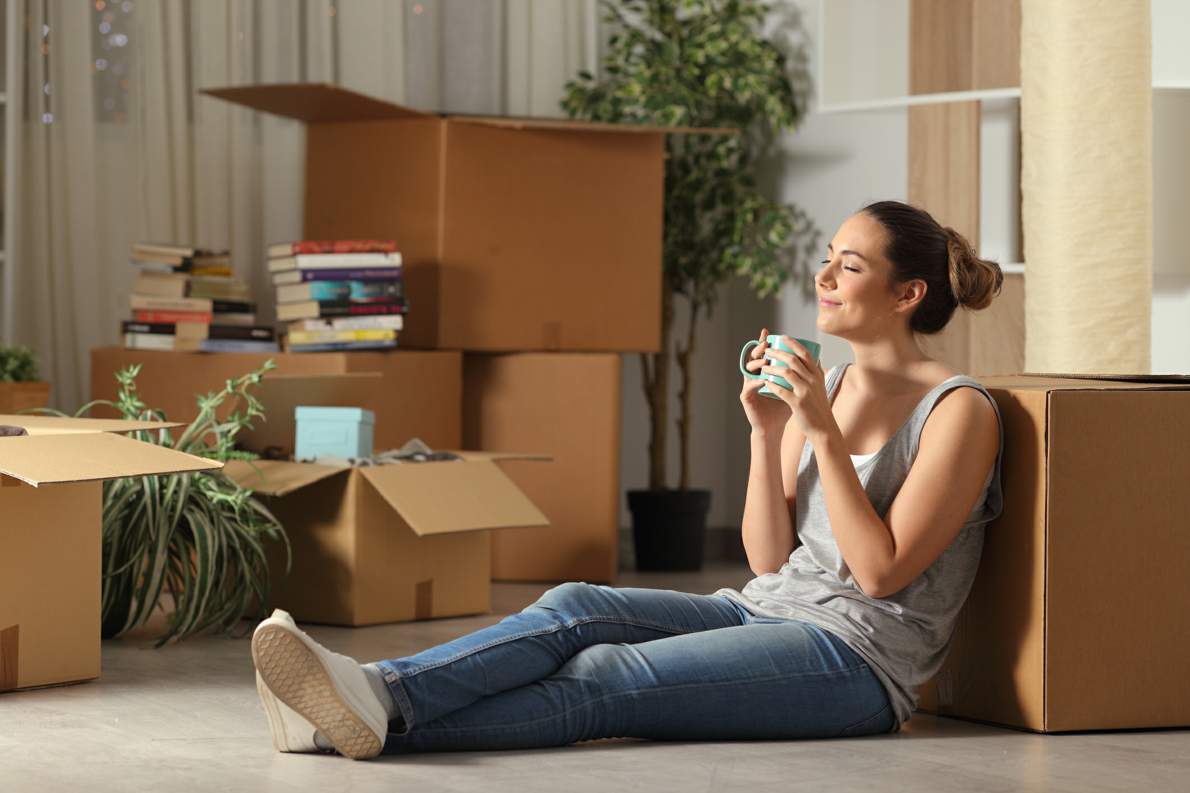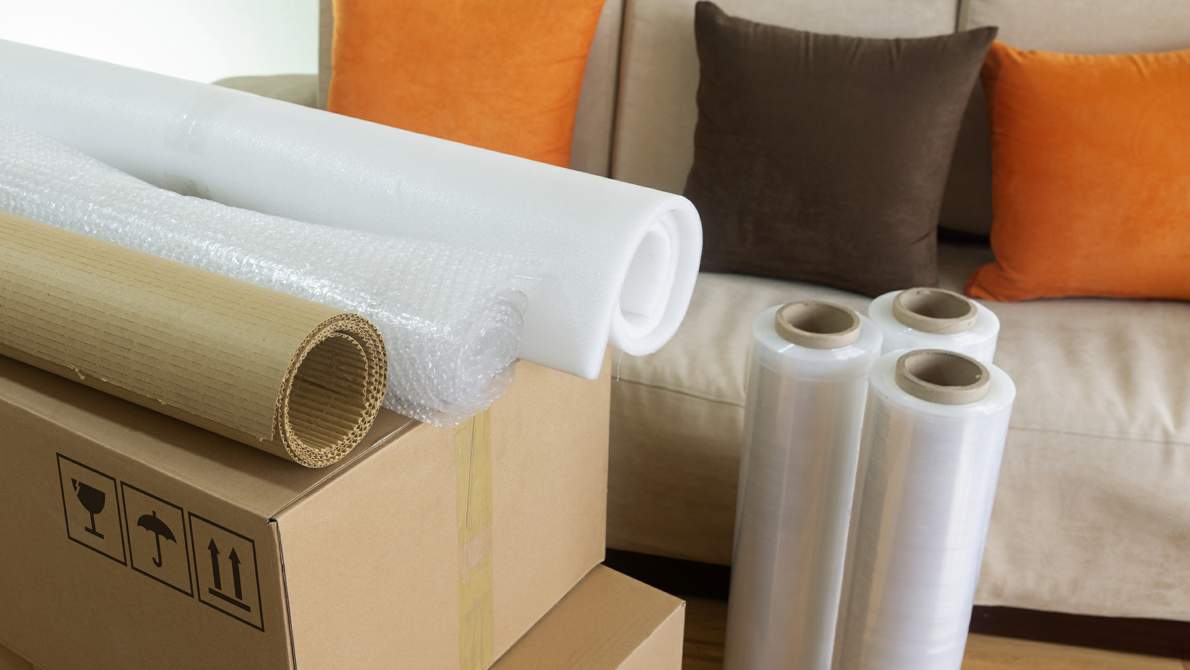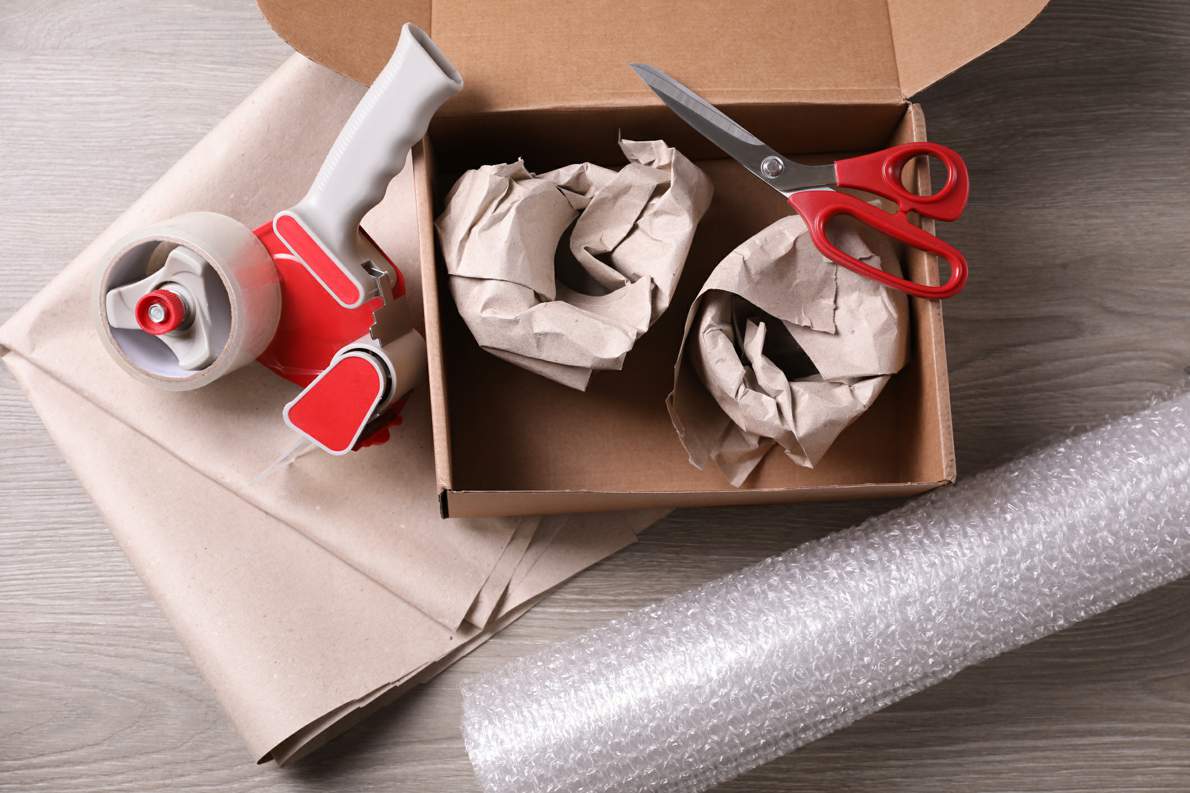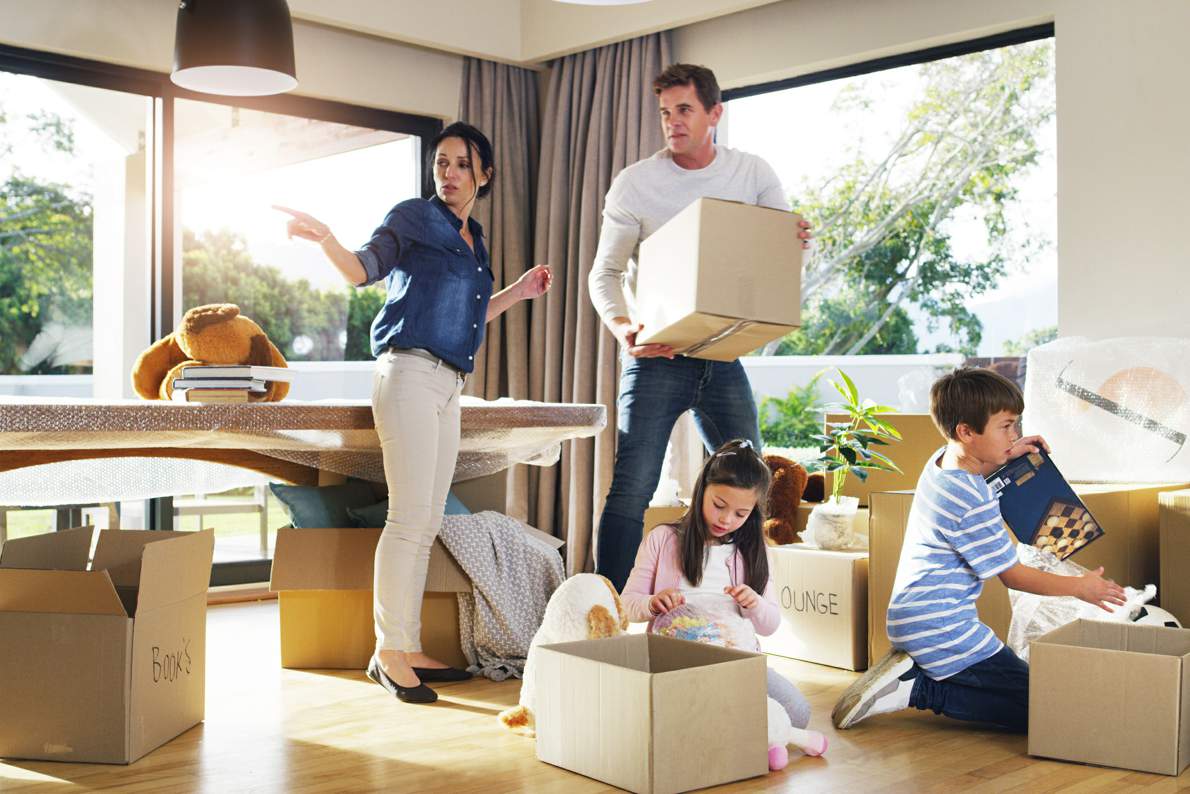The Best Way To Pack Boxes When Moving House
 Tips for the Best Way to Pack Boxes When Moving House
Tips for the Best Way to Pack Boxes When Moving House
When it comes to the arduous and often chaotic process of relocating, one essential aspect that cannot be overlooked is how to effectively and strategically pack boxes. With careful planning and attention to detail, individuals can save time, minimise damage to their belongings, and make the unpacking process much more streamlined. By utilising a systematic approach, you can optimise your box-packing process and ensure that your belongings are safely transported from your current residence to your new location.
Understanding Different Types of Packing Materials
 Understanding Different Types of Packing Materials
Understanding Different Types of Packing Materials
One crucial aspect of packing boxes when moving house is understanding the various types of packing materials available and their specific uses. Choosing the right packing materials can make a significant difference in protecting your belongings during transit. Here are some common packing materials and their uses:
- Cardboard Boxes: These are the most commonly used packing materials for moving. They come in various sizes and strengths, making them suitable for different types of items. Opt for sturdy, double-walled cardboard boxes for heavier items and smaller boxes for fragile items like glassware or electronics.
- Bubble Wrap: This material provides excellent cushioning and protection for fragile items. Wrap delicate items such as dishes, vases, or picture frames in bubble wrap to prevent them from breaking during the move. The small air-filled bubbles act as a buffer, absorbing any shocks or impacts that may occur.
- Packing Peanuts: These lightweight, foam peanuts are great for filling empty spaces in boxes and providing additional cushioning. They help protect delicate items from shifting and breaking during transportation.
- Packing Paper: Packing paper is ideal for wrapping items that don't require extra cushioning but still need to be protected from scratches or damage. Use packing paper to wrap clothing, linens, or non-fragile kitchen items.
- Plastic Wrap: Plastic wrap is a versatile packing material that can be used for a variety of purposes. It can be wrapped tightly around furniture or other large items to keep them secure and prevent any doors or drawers from opening during transit. Plastic wrap is also useful for sealing open boxes or bundling together loose items.
- Tape: Strong, heavy-duty packing tape is crucial for securing your boxes and ensuring that they stay closed during the move. Make sure to use enough tape to reinforce the top and bottom seams of each box, as well as any edges or corners that may be prone to tearing or opening.
- Labels and Markers: Labelling your boxes is essential for smooth unpacking and organisation. Use clear, visible labels and markers to indicate the contents of each box and the room it belongs to. This will help you easily locate specific items and prioritise unpacking based on your immediate needs.
Maximising Space in Your Moving Boxes
One of the key factors in efficient packing is maximising the space inside your moving boxes. This not only allows you to transport more items in fewer boxes but also helps protect your belongings from shifting and getting damaged during transit. To achieve this, consider the following tips:
1. Disassemble Large Items: Break down furniture, such as tables and bed frames, into smaller parts. This will free up space inside the boxes and make them easier to stack.
2. Utilise Vertical Space: When packing smaller and lighter items, such as books or kitchen utensils, stack them vertically to make the most of the available height in the box. This not only saves horizontal space but also prevents the boxes from becoming too heavy.
3. Pack Similar Items Together: Grouping similar items not only makes it easier to unpack but also maximises space by allowing you to arrange them more efficiently within the box.
4. Fill Empty Spaces: Make use of every inch of space inside the boxes by filling any gaps or voids with soft items like clothing or towels. This will help prevent items from shifting during transit.
5. Use Packing Materials Wisely: Use bubble wrap and packing peanuts only where necessary to provide cushioning and protection for delicate or breakable items. This will help minimise the amount of packing materials used, leaving more room for your belongings.
How To Pack Large and Bulky Items When Moving
Packing large and bulky items like furniture, appliances, and outdoor equipment requires special attention to ensure their safe transport. Here are some tips to handle these items effectively:
Step 1: Measure and plan. Before packing large items, measure the dimensions of the moving truck or vehicle to ensure they will fit. Create a layout plan to determine the best arrangement for these items inside the truck.
Step 2: Disassemble when possible. Just like with smaller furniture, disassembling larger items can make them easier to pack and transport. Remove any detachable parts and wrap them separately to prevent damage.
Step 3: Take extra precautions for fragile or delicate parts of the item. Use additional padding, such as bubble wrap or foam, to protect any glass, mirrors, or other delicate components of large items.
Step 4: Secure with straps or moving blankets. Use straps or moving blankets to secure large items and prevent them from shifting during transportation. This will provide added protection and stability, reducing the risk of damage.
Step 5: Distribute the weight evenly. When loading large and bulky items onto the moving truck, make sure to distribute the weight evenly to maintain balance and prevent any tipping or instability during transport.
How To Pack Fragile Items When Moving
 How To Pack Fragile Items When Moving
How To Pack Fragile Items When Moving
When packing fragile items, it is crucial to choose the right materials to ensure their safe transportation. Fragile items such as glassware, electronics, and delicate decor require extra care and protection to prevent any damage during the move. In this step-by-step guide, you will learn the best practices and techniques to pack fragile items effectively. By following these steps, you can rest assured that your delicate belongings will arrive at their destination in one piece.
Step 1: Gather all the necessary packing materials mentioned above, such as sturdy cardboard boxes, bubble wrap, packing paper, plastic wrap, labels and markers, tape, and packing peanuts. Having all these materials on hand will make the packing process much smoother and more efficient.
Step 2: Begin by carefully wrapping each fragile item in bubble wrap. Make sure to cover all sides and corners to provide maximum cushioning and protection. For delicate items like dishes or vases, consider using multiple layers of bubble wrap for added security.
Step 3: Once the fragile items are wrapped in bubble wrap, place them in the appropriate-sized cardboard boxes. Arrange them in a way that they fit snugly and don't have too much room to move around.
Step 4: Fill any empty spaces in the box with packing paper or packing peanuts. This will help provide additional cushioning and prevent the fragile items from shifting or breaking during transportation. Make sure to fill the gaps and create a secure base and top layer for the items.
Step 5: After filling the empty spaces, seal the box with strong packing tape. Make sure to reinforce the top and bottom seams of each box, as well as any edges or corners that may be prone to tearing or opening.
Step 6: Once the box is sealed, label it clearly as "Fragile" or "Handle with Care" using a marker. Include also the name of the room it belongs to and a brief description of its contents. This will make it easier to unpack and locate specific items after the move.
How To Pack Clothes and Personal Items When Moving
To minimise wrinkles and damage when packing clothes and personal items, there are a few helpful tips to keep in mind.
Step 1: Fold clothes properly. Rather than simply throwing clothes into boxes, take the time to fold them neatly. Fold them in a way that minimises creases and makes them easier to pack tightly. Avoid overstuffing the boxes to prevent wrinkles.
Step 2: Use vacuum-sealed bags. Vacuum-sealed bags can compress clothing and linens, maximising space in your moving boxes. This allows you to pack more items efficiently and prevents them from getting wrinkled or damaged.
Step 3: Use packing organisers: Invest in packing organisers such as cubes or bags that can help keep other wearables organised and compact. These organisers can separate shoes and wearable accessories from your wardrobe, making it easier to find what you need when unpacking.
Step 4: Use garment bags for delicate or formal clothing: Garment bags provide extra protection for delicate or formal attire. They help prevent wrinkles and ensure that your clothes stay clean and in good condition during the move.
How To Pack Electronics and Appliances When Moving
Packing electronic devices and household appliances requires extra care and precautions to ensure their safe transportation. Here are some specific tips to consider:
Step 1: Disconnect and disassemble. Before packing any electronic device or appliance, make sure to disconnect all the cables and components. Remove any detachable parts, such as batteries, remotes, or small accessories, and pack them separately. This will prevent any potential damage during transit.
Step 2: Use original packaging: If you still have the original packaging for your electronics or appliances, it is best to use them. The original packaging is designed to provide maximum protection with custom-fit inserts. This will help cushion the item and prevent any movement or shifting during transportation.
Step 3: Secure fragile items: For delicate or fragile electronics, such as computer monitors or flat-screen TVs, it is important to provide extra protection. One option is to wrap them in bubble wrap or use protective foam. Another option is to use specially designed TV boxes or foam inserts that provide added cushioning and support.
Step 4: Seal the seams: To ensure that your electronics and appliances are securely packed, use strong packing tape to seal all the seams of the boxes. This will prevent any accidental openings and keep your items safe during transit.
Essentials Box: What to Pack for the First Day in Your New Home
 Essentials Box: What to Pack for the First Day in Your New Home
Essentials Box: What to Pack for the First Day in Your New Home
When moving to a new house, it's crucial to pack an essentials box containing all the necessary items you'll need for the first day. This box should be easily accessible and clearly labelled so that you can quickly find what you need amidst the chaos of unpacking. Here are some suggestions for what to include in your essentials box:
- Kitchen essentials: Pack some basic kitchen items such as plates, bowls, utensils, a can opener, and a few pots and pans. It's also a good idea to include some non-perishable food items like snacks, instant coffee, and canned goods.
- Toiletries: Don't forget to pack toiletries such as toilet paper, soap, shampoo, toothbrushes, and towels. These items are essential for maintaining personal hygiene and comfort during the first day in your new home.
- Important documents: Keep important documents like identification papers, insurance policies, medical records, and any relevant paperwork within your essentials box. Having these items on hand will give you peace of mind and ensure that you can easily access them if needed.
- Clothing and bedding: Pack a change of clothes for each family member, including pyjamas and underwear. Also include bedding essentials such as sheets, blankets, and pillows to ensure a comfortable first night's sleep in your new home.
- Basic cleaning supplies: It's always a good idea to have some basic cleaning supplies on hand when moving into a new home. These may include all-purpose cleaners, disinfectant wipes, paper towels, and garbage bags.
Labelling and Organising Boxes for Easy Unpacking
Once you've filled in all your moving boxes, the next step is to label and organise them effectively. Proper labelling is essential for easy unpacking and helps you locate specific items without having to open every box. Additionally, organising your boxes by room or category will further streamline the unpacking process.
Label each box with a description of its contents and the room it belongs in. This will make it easier for movers to place the boxes in their designated rooms and for you to quickly find what you need when unpacking. Additionally, consider creating an inventory list that lists the contents of each box. This will provide a quick reference for locating specific items without having to search through every box.
No Time To Pack? Opt For Chess Moving's Packing Services
When all of these packing tips are overwhelming or you simply don't have the time to pack yourself, consider utilising professional packing services from a moving company. Professional packing services from a company like Chess Moving can alleviate the stress of packing and ensure that your items are packed efficiently and securely.
Chess Moving is a reputable moving company that offers professional packing services. We have the expertise and experience to safely and effectively pack all of your belongings, from clothing to fragile items. In addition, our professional movers can provide the proper tools and supplies needed for efficient packing, have techniques to maximise space utilisation, and ensure that items are packed securely to minimise the risk of damage during transit.
We’ll help you skip the hassle of packing. Let the professionals at Chess Moving handle it all for you. For enquiries, visit Chess Moving or call us on 📞131469.